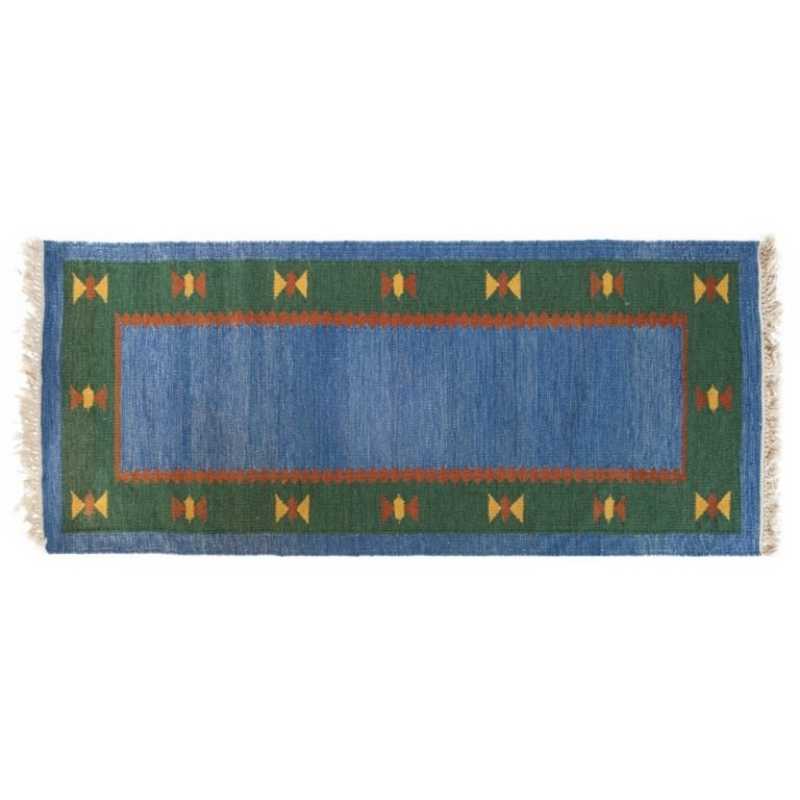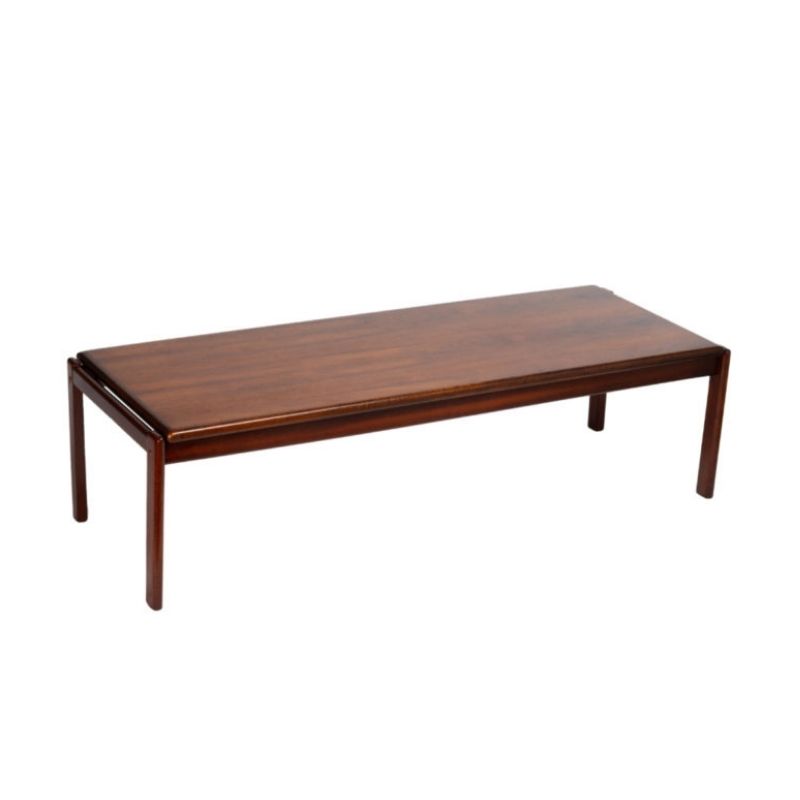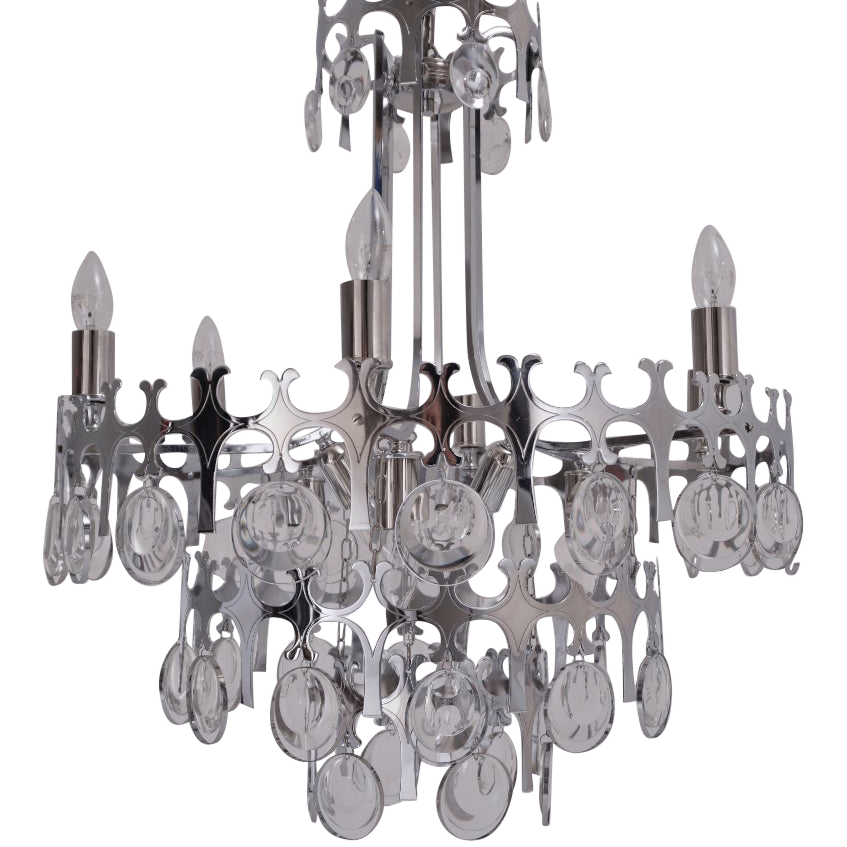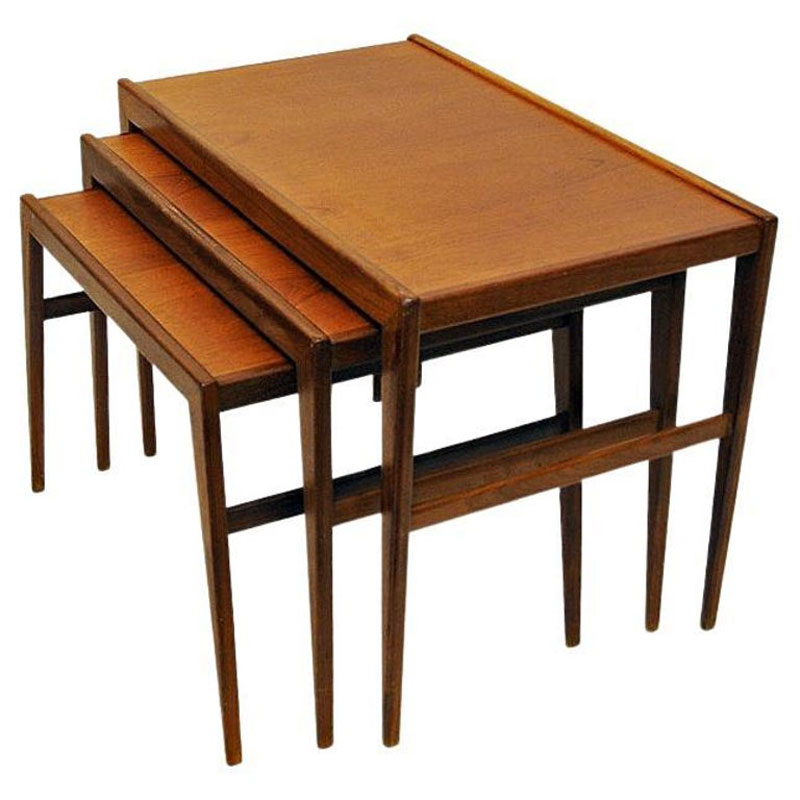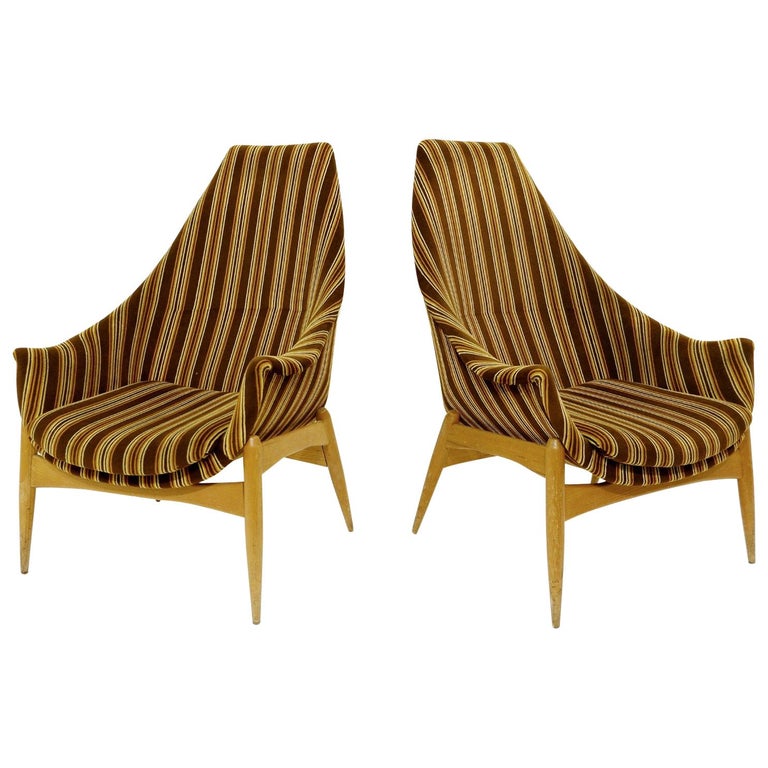Rosewood is going to be your first problem. Can't buy the raw lumber anymore (Rio Rosewood / Dalbergia nigra). You are going to have to find a piece of rosewood already milling into something larger than your rail so that you can mill it down to the size you want.
Or you might be able to go to a hardwood retailer and look for a piece of Cocobolo that happens to be a good match. Sometimes the appearance of different species of rosewood can overlap.
Find a local furniture restorer. Inquire of museums and/or higher end antiques dealers for references.
As Leif mentioned, there are a number of wood species that make excellent rosewood substitutes. Individual pieces would have to be matched for color and grain to your particular chair as would be the case even if you could find pre-ban rosewood of the same specie as that used in the original construction. In your case, since the missing part is less prominent, perhaps an exact match is less important.
Or, of course, if you're anywhere near Boston, MA, I could do it. But, hoo-boy, would it ever cost you! ;^)
If it were my Bwana chair I would come to Boston just to have it done right. You should take tktoo up on that.
You are going to have to put in a fair bit of work to find someone who will do all the research to figure out the exact shape, edge profile, and the details of how the joinery works at both ends. If you do the research and can give a woodworker a scale blueprint with all the details then you will discover that a lot of people can do the job for you. And it will cost a lot less. For instance, if I were asked to do the job and figure out all the details, I would have to price in the risk that you might think I got it wrong and have to redo it, possibly multiple times. If you take all that risk off me, the woodworker, I feel perfectly comfortable milling a piece of wood to such and such a shape, with such and such a roundover edge, etc, etc.
I will mention that there are two ways the joinery on these Bwana chairs works depending on age. Some of them use metal keyhole joinery, so that no metal stuff is visible. Others (later I think) have an Allen bolt that passes throu the leg into a threaded insert in the rail.
As a final note, France and Søn used what I consider a very elegant piece of woodworking at the ends of their rails. I have never seen a Bwana in person, so I can't say for certain it is there, but every other France and Søn piece I have has this detail, so I think it was standard practice for them. They used a wooden cross dowel at both ends of the rail to solve the problem of inserting metal threads into end grain. (The problem is that the threads cut the grain and the screw pulls out without much force.)
If you look at the front rail piece(s) you should see the wooden cross dowel near the ends.
I have done this before on a France & Son sofa that had a broken front stretcher.
It was Teak so the raw material was easier to find and match.
The stretcher had the metal key hole joinery at each end. I just popped it out and took it to my restorer and asked him to carve me an exact replica.
With a little bit of judicious staining the new component was a perfect match, impossible to tell the difference.
As long as you can get a piece of timber that is a reasonable match the rest should be fairly straight forward.
Probably the greatest challenge for me would be accurately reproducing the elegant ovoid section of the missing stretcher. There are basically two ways to do this. One involves having custom knives made for a molding machine which I don't own. That alone would cost hundreds of dollars. The other is to rough it out with more common power tools and then refine the shape using hand tools, which would be my choice.
The actual joinery is also less than straightforward, as the ends of the stretcher need to made concave to match the diameter of the rear posts. And then there are the fasteners. The cap screw/threaded insert method would be more laborious than simply mounting screws to mate with the keyhole system.
Add to all of this finding the proper piece of wood. Exotic species outlets within driving distance of my house will not just cut 30 inches off a board and sell it. Assuming I could dig through stacks and find a good match, I'd have to pay the going board/foot retail price for the entire board. Likely three times or more material than actually needed.
These types of projects can be rewarding if approached from the right perspective. Taken in steps in an appropriate order, they can even be sort of fun. Which is the only reason I would even consider doing it in the first place.
Of course, Leif. If the keyhole fasteners are mounted to the posts (which makes complete sense), then putting screws in the ends of the stretcher is MUCH simpler. That would also explain the cross-grain dowel inserts, though I don't know if those are necessary, or used originally, in the rosewood Bwanas. That detail might be worth an email inquiry to Pegboard. I think his chair might be of that construction. I've edited my post above accordingly. Thanks for clarifying!
Here is a 1stdibs listing for a bwana where they conveniently show the cross dowel. This chair has the cap screw & threaded insert joinery btw:
https://www.1stdibs.com/furniture/seating/lounge-chairs/bwana-chair-otto...
The threaded insert is screwed down into the rail so that its outer threads bite into the cross dowel.
FTR, I'm no fan of threaded inserts. Especially the zinc or brass versions. I'd rather the screw be of the softer material and need to replace those if threads get galled up. They might make sense for certain applications, but they can be finicky to install. That said, I have used steel ones in white oak, but not in end grain. I pre-cut the threads with a tap and, even then, needed the special tool to drive them. Those things are never coming out.
If you need any help, please contact us at – info@designaddict.com



